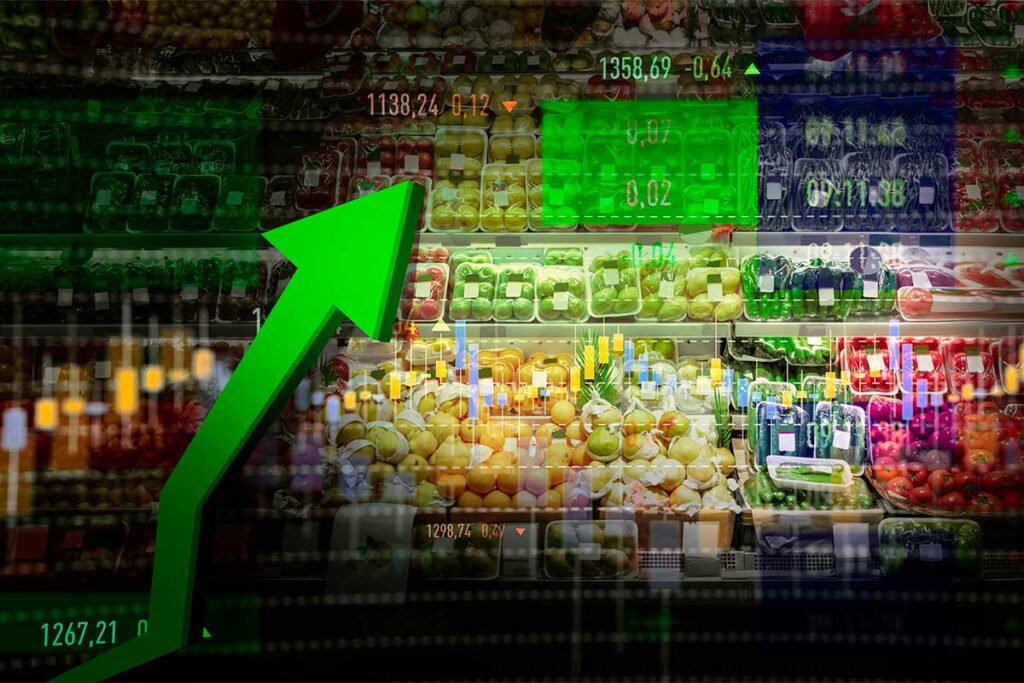Image (Photo: iStock)
India's recent election results have highlighted a critical issue the country can no longer ignore: the tension between containing food inflation and ensuring farmer welfare. With food prices remaining stubbornly high, the government's previous strategy of restricting exports and increasing imports has come under scrutiny. These measures were meant to protect urban consumers, but they have left the farming community frustrated and financially strained. For the more than 45% of Indians who depend on agriculture for their livelihoods, the past few years have been particularly tough. Export bans on staple commodities such as rice and onion have prevented farmers from taking advantage of rising international prices.
At the same time, the influx of cheap imports has further depressed local prices, exacerbating the economic woes faced by farmers. This has left a clear sense of frustration and betrayal among those who feel that their interests have been sacrificed for urban consumers. The crux of the issue lies in the government's dual mission – to keep food prices affordable for the common man and at the same time ensure that farmers get their fair share of income. The current approach of restricting exports of staple commodities such as rice and onion and reducing duties on imports was primarily an attempt to contain rising inflation. However, these policies have inadvertently suppressed farm incomes and sparked widespread discontent among the rural electorate, which constitutes a significant portion of India's population. There is an urgent need for the government to reassess its food policy framework and find a more balanced approach.
One viable solution is to ease export restrictions on certain agricultural commodities with surplus stocks, such as rice. With state grain bins overflowing and favorable monsoon weather forecasted, allowing rice exports would stabilise domestic prices and provide much-needed relief to farmers. Moreover, removing export restrictions on onion could address deep dissatisfaction in major agricultural states such as Maharashtra, where farmers are struggling to recover their production costs. In addition to immediate policy adjustments, long-term structural reforms aimed at making agriculture more productive and resilient are needed. Investments in modern agricultural techniques, improved irrigation infrastructure and improved access to credit and markets can significantly increase crop yields and farm incomes. Moreover, revising government-mandated support prices to more accurately reflect actual production costs and market conditions would go a long way in ensuring fair compensation to farmers.
Another important aspect is to improve the efficiency and scope of the procurement system. Ensuring that government agencies purchase crops at support prices, especially in areas where farmers are struggling, can provide a safety net against market fluctuations. Combined with improved storage and distribution facilities, this can reduce post-harvest losses and ensure that farmers get the full benefit of their labor. Ultimately, addressing the food policy dilemma requires a holistic approach that balances the needs of both consumers and farmers. While controlling food inflation remains important, it should not be at the expense of rural livelihoods.



